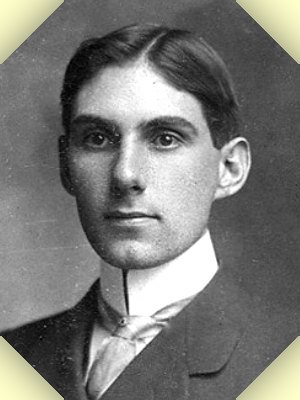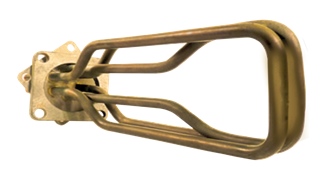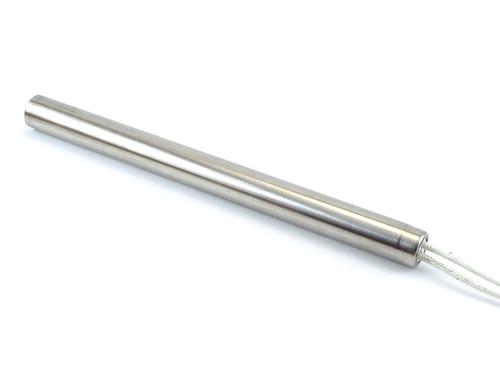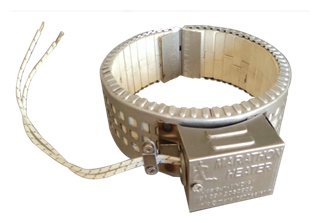Process Heaters for Industrial and Commercial Applications
Most people consider Thomas Edison as the inventor of the electric heater but there is an ambiguity to it. Some people also believe that Alexander Graham Bell was the man behind the idea of electric heating. The basic electric heater has been altered very modestly as it is still used the same way. The electric heater converts electric energy into heat. Electric currents flow through the metal component which radiates heat in the surrounding area. 
Electric process heaters, popularly known as tubular heaters or electric heat exchangers are very similar to shell n tube heat exchangers, except the fact that heating energy is provided by the electric power flowing inside the tubes or heating elements. Multiple numbers of mineral-filled sheathed heating elements (tubular heating elements) will be installed into Baffle plate assembly and inserted inside the pressure vessel. Once energized, the electric energy converted into heat and transferred to the fluid which will flow through the vessel from the inlet nozzle to outlet.
Band heaters are an economical method for heating where heating contents via immersion is not an option. The band heaters are constructed with the highest grade mica insulation which not only provides excellent electrical insulation but is also resistant to moisture. Nickel/chromium resistance wire is wound evenly in the heater to ensure consistent heat distribution and accuracy. Commonly used in the plastic industry.
Ceramic band heaters provide the ability to heat cylindrical items. Band heaters are durable and are medium-high temperature heaters. The maximum working temperature is 648°C. Ceramic band heaters are energy efficient and offer an optional in-built ceramic fiber jacket to further the energy savings. Fully flexible, the ceramic band heaters can accommodate holes and cut-outs and are available with different termination styles.
Coil heaters are also referred to as high-performance tubular heaters, or cable heaters.

The cartridge heaters have a ceramic cap that can withstand high vibration which makes it suitable for a large range of applications where vibration is an issue. Nickel-chromium resistance wire provides a longer heater life which is evenly wound for even distribution of heat. Available in either 304, 316 SS sheath, or Incoloy.

The silicone rubber heaters is the flexibility. They can be mounted either flat or on curved surfaces and their versatile design allows special heat profiles where higher or lower heat concentration can be provided. Silicone rubber heaters provide outstanding performance in applications up to 250°C and are unaffected by flexing, vibration, or ongoing mechanical shock.
Pyrosales supply a range of process heating elements suitable for many industrial and commercial applications. Our supplier’s range includes cartridge elements, band heaters, coil heaters, strip heaters, flexible tubular heaters, and box heaters. We can also help with selecting the right heating elements and calculating the wattage for your application. We also have solid-state relays and controllers to help complete your project.


